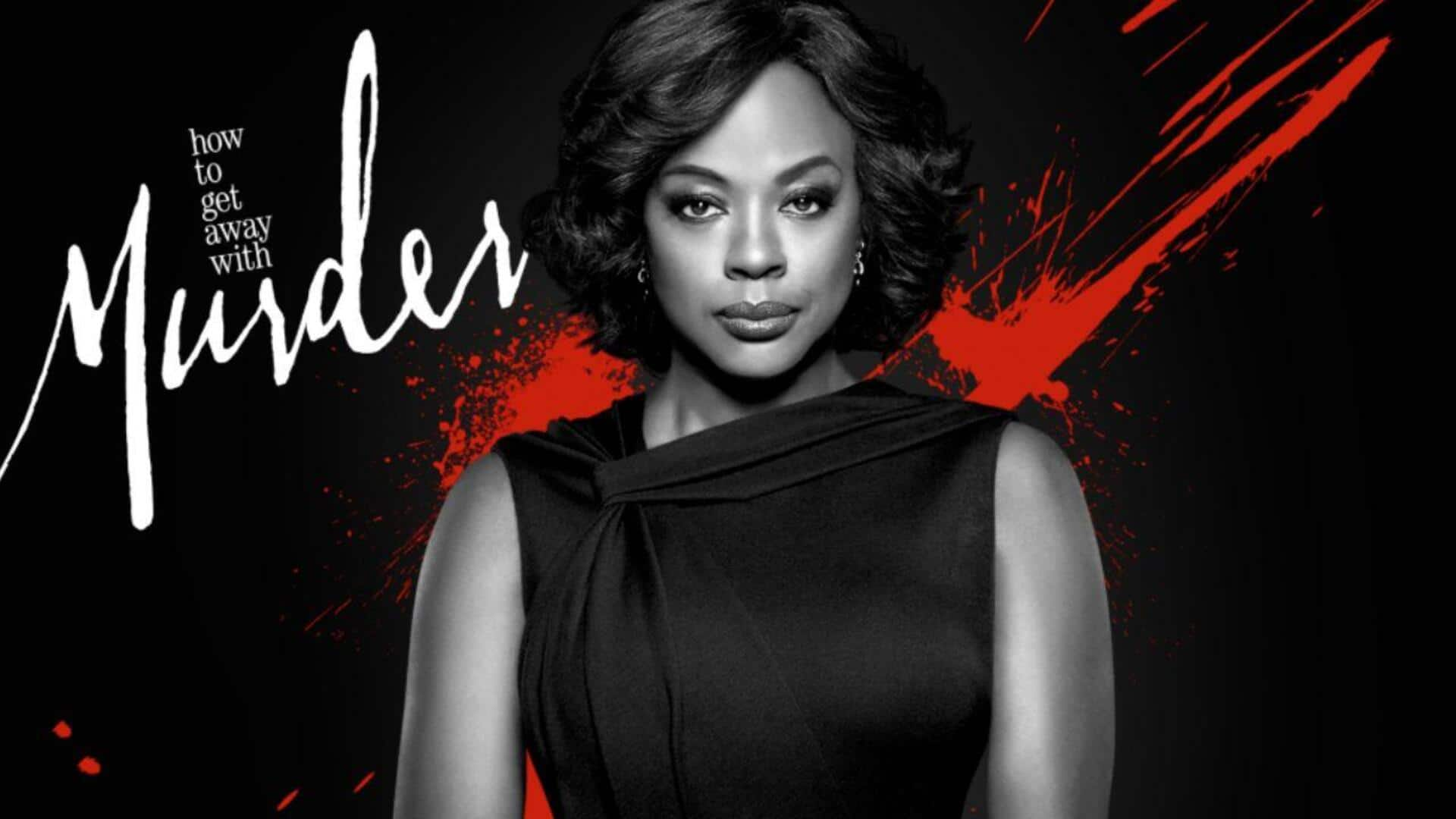
The making of 'How to Get Away with Murder'
What's the story
How to Get Away with Murder is a series that has been praised for its complicated plot and amazing performances. The series's production secrets give a glimpse into how the show's creators managed to keep the audience on their toes with unexpected twists and turns. From casting choices to set designs, these elements played a key role in making the show what it is.
#1
Casting choices and chemistry
Casting was key to How to Get Away with Murder's success. The chemistry between actors was palpable, making the characters believable. Viola Davis's portrayal of Annalise Keating was particularly praised for its depth and intensity. The casting team ensured that each actor brought something unique to their role, contributing to the overall dynamic of the show.
#2
Script development process
The script development process was meticulous, with writers working closely to craft intricate storylines. Each episode was carefully plotted out with multiple story arcs interwoven seamlessly. This attention to detail allowed for a cohesive narrative that kept viewers engaged from start to finish.
#3
Set design and locations
Set design also played a major role in creating the show's atmosphere. The interiors of Annalise's office were designed to reflect her personality—bold yet sophisticated. Filming in various locations added authenticity and depth to the scenes, making them more relatable.
#4
Directorial approach
The directors of How to Get Away with Murder were instrumental in shaping each episode's tone and pacing. Their approach involved close collaboration with actors, ensuring that performances aligned with the vision for each scene. This collaborative effort resulted in a series that felt cohesive despite its complex narrative structure.
#5
Music selection and score
The music selection and score were also key in setting the mood for different scenes throughout How to Get Away with Murder. The soundtrack complemented key moments without overshadowing dialogue or action on-screen. It added an extra layer of emotion and tension when needed most during pivotal scenes within episodes themselves.